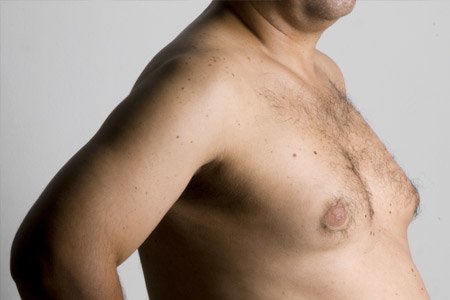Breast procedures
Breast augmentation
Breast augmentation surgically increases breast size by placing saline or silicone implants beneath breast tissue or under the muscles of the chest. The implant is usually placed through a small incision concealed in the border of the areola or along the lower fold of the breast (inframammary fold).
Breast augmentation can help improve self-image in patients with congenitally small breasts and can restore a fuller look of the breasts after pregnancy or weight loss.
Breast lift (mastopexy)
A breast lift (mastopexy) is a surgical procedure to treat ptosis, or descent of the breast that can occur naturally over time or result from pregnancy and weight loss.
A mastopexy removes excess skin, lifts the nipple position and reshapes breast tissue to restore a more youthful, uplifted appearance to the breasts. In patients seeking a breast lift and more fullness, a lift is often coupled with implant placement (augmentation/mastopexy).
Breast reduction (mammaplasty)
Women with disproportionately large breasts often suffer from back pain, neck discomfort, nerve pain, difficulty finding bras and clothes, and self-image issues.
Breast reduction (mammaplasty) removes extra tissue, fat and skin from the breasts to achieve a more proportionate size and shape. Many women feel greater physical freedom following a breast reduction.
Male breast reduction (gynecomastia surgery)
Age, hormonal changes, weight gain, certain drugs and genetics can cause gynecomastia, the condition of enlarged breasts in men.
Many men with enlarged breast tissue have reduced self-confidence, even avoiding certain activities. Gynecomastia surgery reduces breast size in men, flattening chest contours. Surgical treatment of gynecomastia typically includes excision of redundant breast tissue, liposuction, and sometimes excision of excess breast skin to create a more natural shape to the male breast.